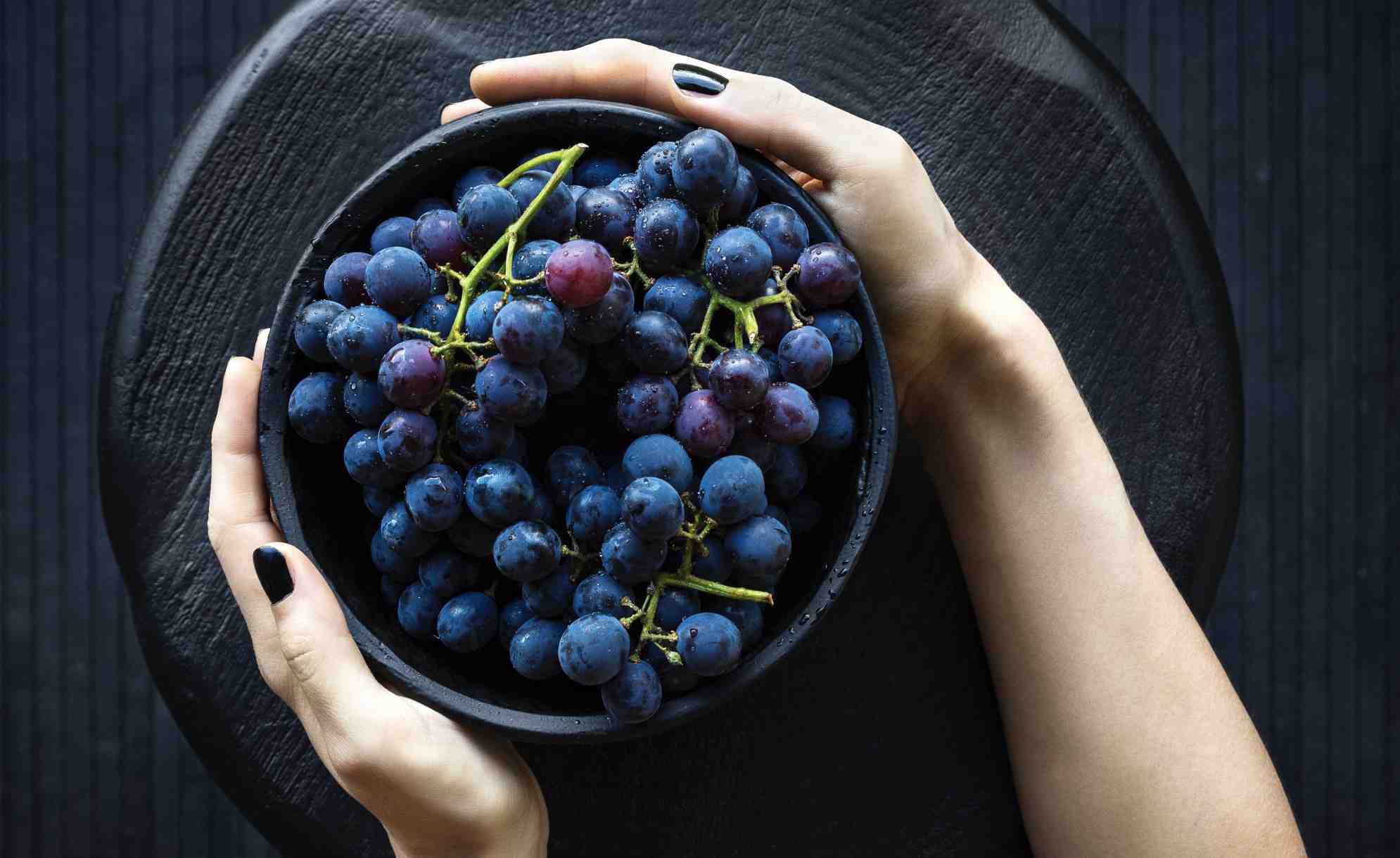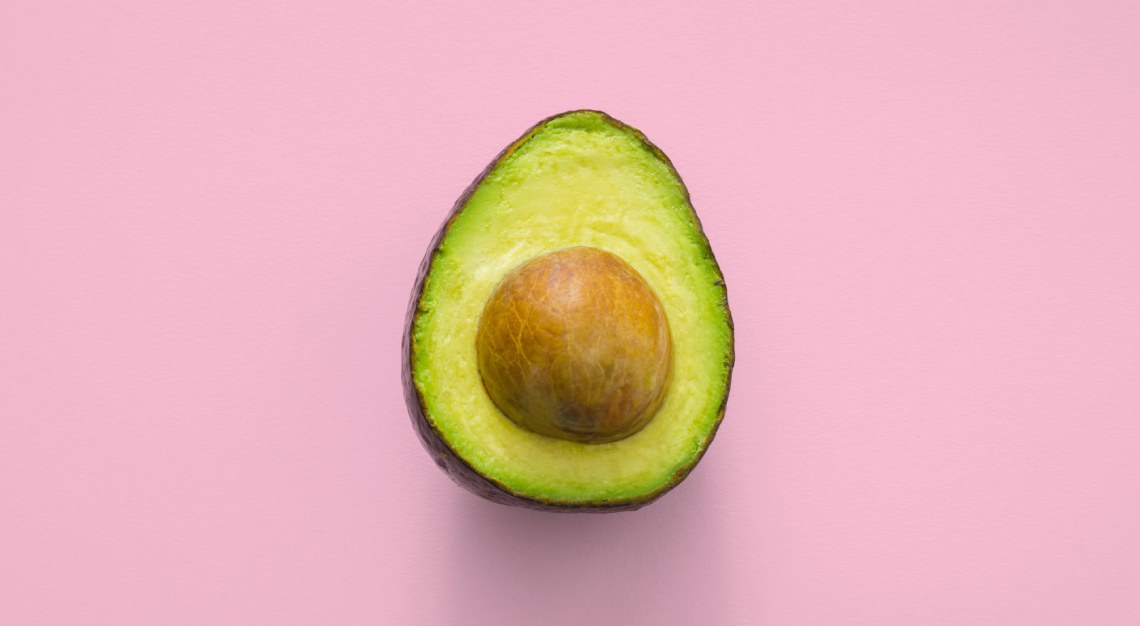People with a conscience may have deep minds, but they’ll also need deep pockets. Andrew Leci questions why being aware and wanting to make a difference comes at a price
If I told you that the tomato you are about to eat was organic, lovingly tended in its infancy by a farmer in Naples who claims ancestry to Giovanni Consino, and polished by virgins, would it taste better?
If I told you that the handbag you are about to throw over your shoulder was hand-stitched by fifth-generation artisans and made from the finest leather sourced from grain-fed cows who had Hans Christian Andersen read to them every night before bedtime, would you feel better about sporting the accessory?
I hope so, because this is what we are being fed, and this is what we are encouraged to believe is important in the food and luxury goods industries. Provenance is key, and the stories that make up the narratives that consumers want to buy into are becoming as important as the products themselves.
Why? Because the goods industries have realised that there is a new brand of conscious consumer out there – with plenty of purchasing power – who cares about where things come from, as well as who makes them, and how they are made. We’ve developed a conscience, and it’s driving high-end brands wild in their enthusiasm to come up with stories and histories that they feel will engage consumers of luxury products on a whole new level. And make them spend money, of course.
We want to know about the Consino family and how it impacted agriculture in southern Italy centuries ago, and we want to marvel over the texture of a sinful accoutrement that an animal died for, albeit happily. Tell me that a 19th-century watchmaker went blind in introducing a complication into a timepiece that has stood the test of time and is available today (in sustainably sourced platinum and titanium) and I’ll get the deposit over in less time than it takes to say ‘PayPal’. Possibly for the first time in human history, there is a group of people that cares as much about how something is made and where it comes from as the thing itself.

Not surprisingly, there’s a price to pay. Organic food is more expensive than its counterpart. It’s more labour intensive to produce and has to be processed on a smaller scale, compromising profitability. Mankind’s synthetic ingenuity and all the ‘cide’ orders on the menu for fresh fruit and vegetables – herbicides, insecticides, pesticides, etc. – make mass production a no brainer. Consumers with a conscience, however, want more, and we’re going to have to be prepared to pay for it.
We now find ourselves in the midst of an ongoing discussion on how we can change our patterns of behaviour when it comes to consumption in a world of limited resources. Most of us want to do the right thing and buy products from companies who have a positive socioeconomic benefit and no negative footprint – be it pollution, a human rights violation for sweatshop production methods, or dodgily-sourced raw materials. Is there a limit to what we are prepared to pay?
One of my mantras in life is ‘you get what you pay for.’ It may seem facile, even trite, but that doesn’t make it any less true. Good products cost more than bad ones, and the ‘good’ in this case refers to provenance, personnel and manufacturing processes.
It’s now high time for all of us to dig deep in coming up with the extra to ensure that products are sourced and manufactured in a conscious way, taking the environment into consideration. Organic farming is less polluting, reduces soil erosion and conserves water. It also uses less energy. So why, why, we ask with our arms stretched to the sky, imploring the god of tasty things for a suitable answer, is it so expensive, and why are consumers being penalised for trying to eat healthily and helping the environment?
Lots of the designer goods that we love are painstakingly made, by trained experts and masters of their crafts, and they come with an attendant price tag that either attracts or repels, depending on your munificence and / or bank balance. We’re now encouraged to take so many more things into account when making a purchase – in every consumer goods sector – but it’s clear that high-end brands need to create narratives with which consumers can identify in order to persuade them that adding a nought to a price tag is a worthwhile proposition for all parties.
Brands are making a stand and should be applauded for that, irrespective of their motives. Even if they’re paying lip-service to a movement or just trying to keep up with the Joneses, the beneficial impacts will be worthwhile. Labour intensive manufacturing processes – whether for handbags, timepieces, ballgowns or mushrooms – should be encouraged along with tales about traditional methods handed down through generations, genuine craftsmanship and sustainably sourced raw materials. The more painstakingly something is made, the more luxurious and exclusive it is.
We can all be conscious when delving into the world of fashion, luxury goods and even food, and we should be more than happy to stump up the cash. Just imagine that there’s a delicious looking organic tomato in front of you. Don’t ask the price; just suck it up, and let’s put some soul in our food as well as in what we use and wear. There may well be a price to pay, but it will be a small one in the long run.






